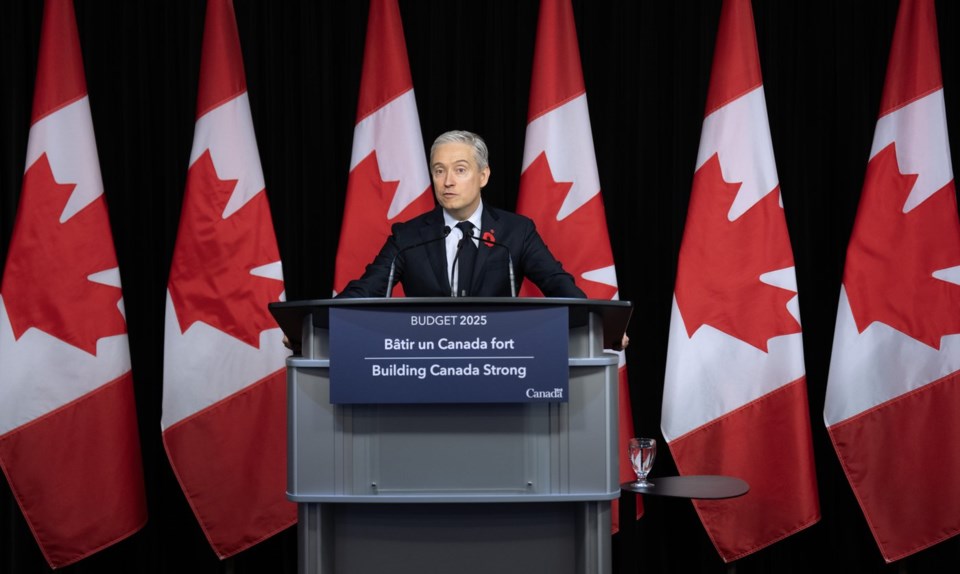Ottawa, ON — The federal government’s latest budget has sent a clear signal to provincial leaders: there will be no room for negotiation on increased health-care funding in the coming years. Economists warn that the new fiscal framework locks in modest growth for federal health transfers while setting the stage for the expiration of key health funding agreements.
The Canada Health Transfer — the primary mechanism for federal health-care funding to provinces — is projected to reach $54.7 billion in 2025–26, growing by five per cent annually until 2028. After that, growth will slow to a minimum of three per cent per year, tied to a rolling three-year average of nominal GDP.
“This budget clearly indicates that health transfers, social transfers, and equalization payments are not up for negotiation,” said Mostafa Askari, Chief Economist at the University of Ottawa’s Institute of Fiscal Studies and Democracy. “The government’s main goal is to balance its operating budget within three years — and that limits fiscal flexibility.”
According to the Canadian Union of Public Employees (CUPE), this approach means that the federal share of provincial health budgets will decline in real terms. “Inflation and an aging population will increase the true cost of maintaining service levels, outpacing nominal GDP growth,” CUPE’s analysis warned.
Provincial leaders have long called for the federal government to increase its contribution to health-care funding. In 2021, premiers collectively urged Ottawa to boost its share of health-care costs from 22 per cent to 35 per cent while maintaining the five per cent annual escalator. At their most recent meeting, premiers again emphasized “the importance of enhancing the Canada Health Transfer and its escalator.”
A spokesperson for Ontario Health Minister Sylvia Jones, Ema Popovich, reiterated that position in response to the budget. “Ontario is calling on Prime Minister Mark Carney’s government to be our partner and contribute their fair share,” Popovich said. “A five per cent annual increase should be the minimum to ensure long-term planning and stability in our health-care system.”
Further complicating matters, several bilateral health funding agreements are set to expire in the next few years — including $2.5 billion annually in provincial and territorial deals, $1.2 billion for home care, mental health, and addictions, and $600 million for long-term care, which will end in 2027 and 2028 respectively.
The Canadian Health Coalition expressed concern that the government has given no indication these agreements will be renewed. “The federal government appears poised to do the bare minimum on health care,” said Steven Staples, the coalition’s National Director of Policy and Advocacy.
A spokesperson for Health Minister Marjorie Michel defended the government’s approach, calling it “an investment budget” that maintains transfers and introduces a new $5-billion health infrastructure fund to modernize hospitals, emergency rooms, and urgent care centres.
Economist Don Drummond of Queen’s University noted that under the new formula, health transfers will likely remain near the three per cent growth mark due to Canada’s weak productivity performance. “Federal governments are increasingly reluctant to transfer billions to provinces without visible credit from voters,” Drummond said. “That’s why they’re investing directly in programs like dental care and health infrastructure.”
Drummond also cautioned premiers to remain alert to possible future cuts, recalling the 1995 budget’s significant reductions to transfer payments. “My worry,” he said, “is that this might not be the end of it.”

